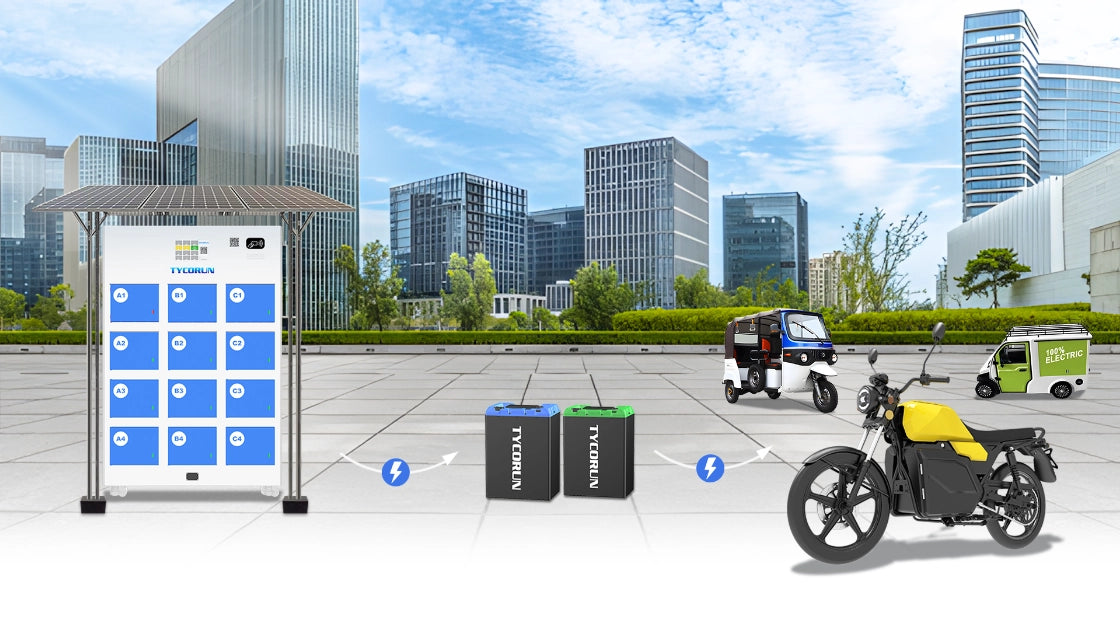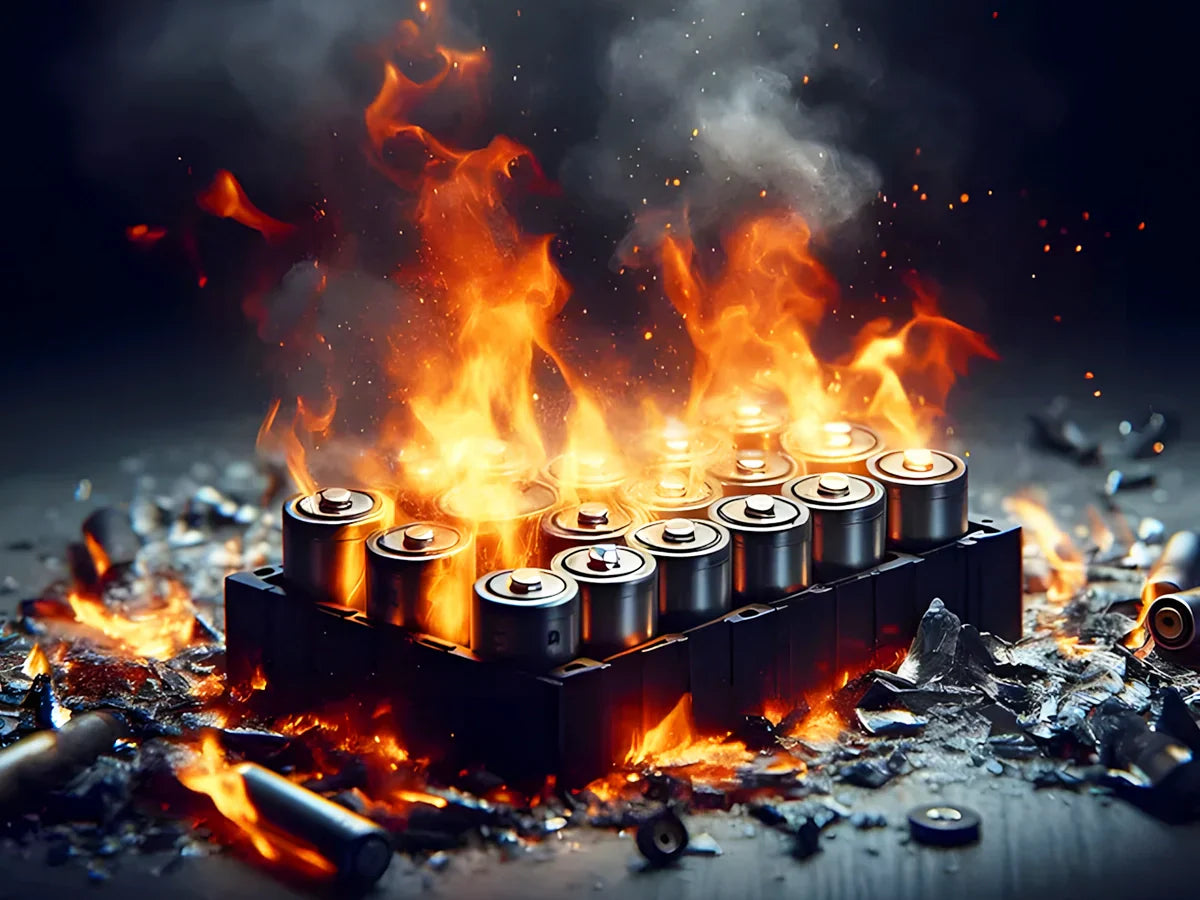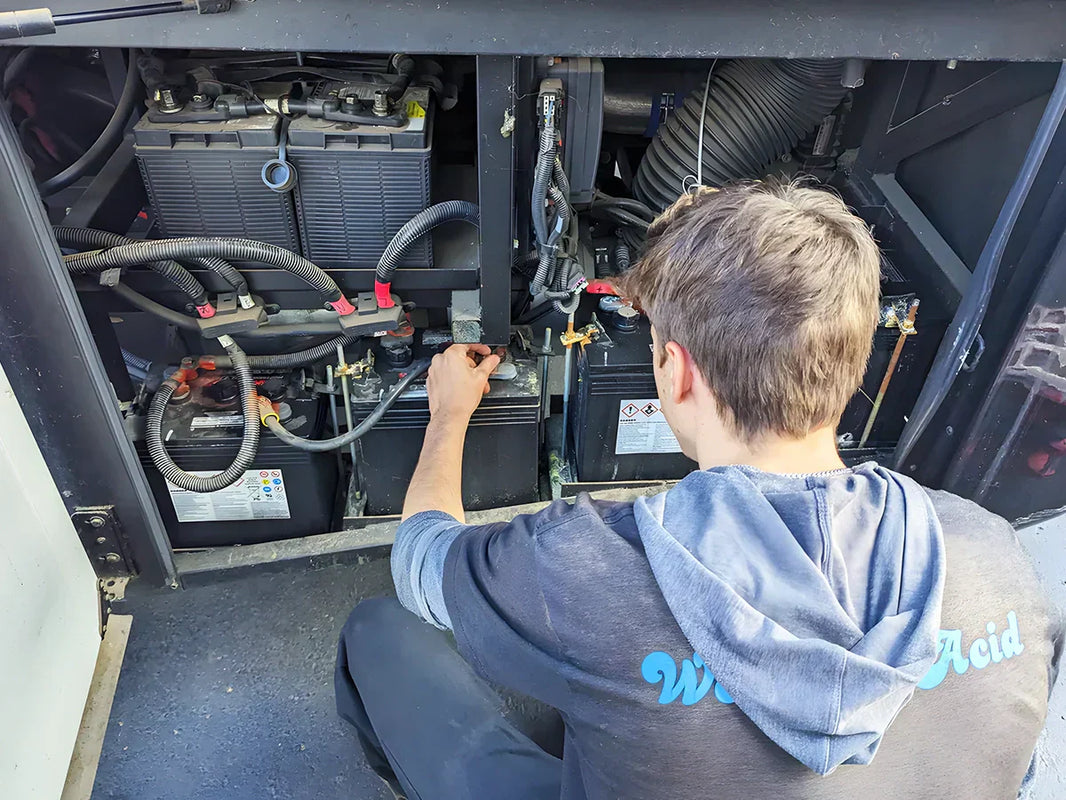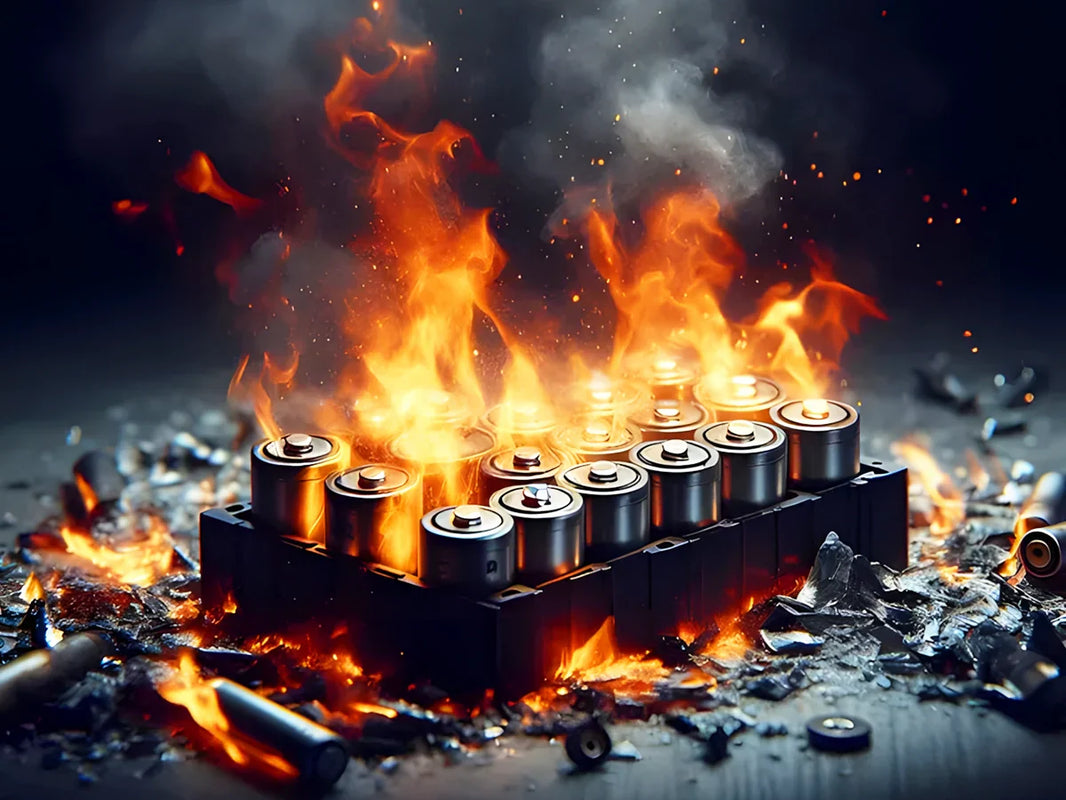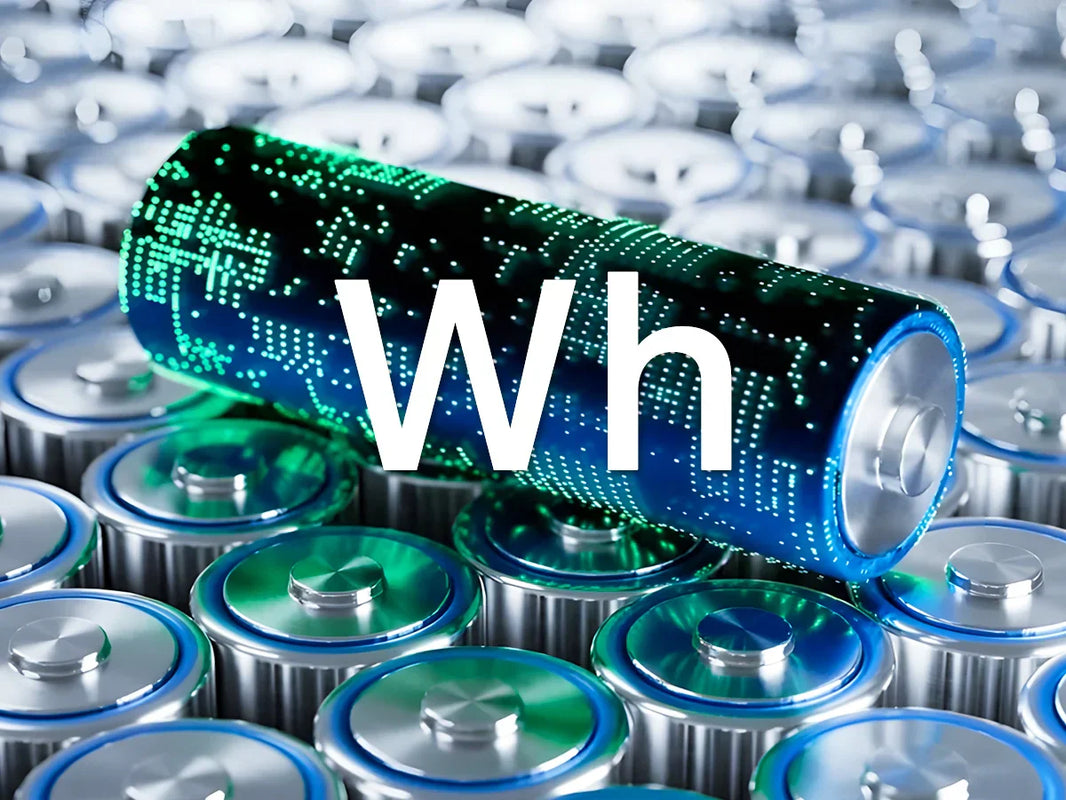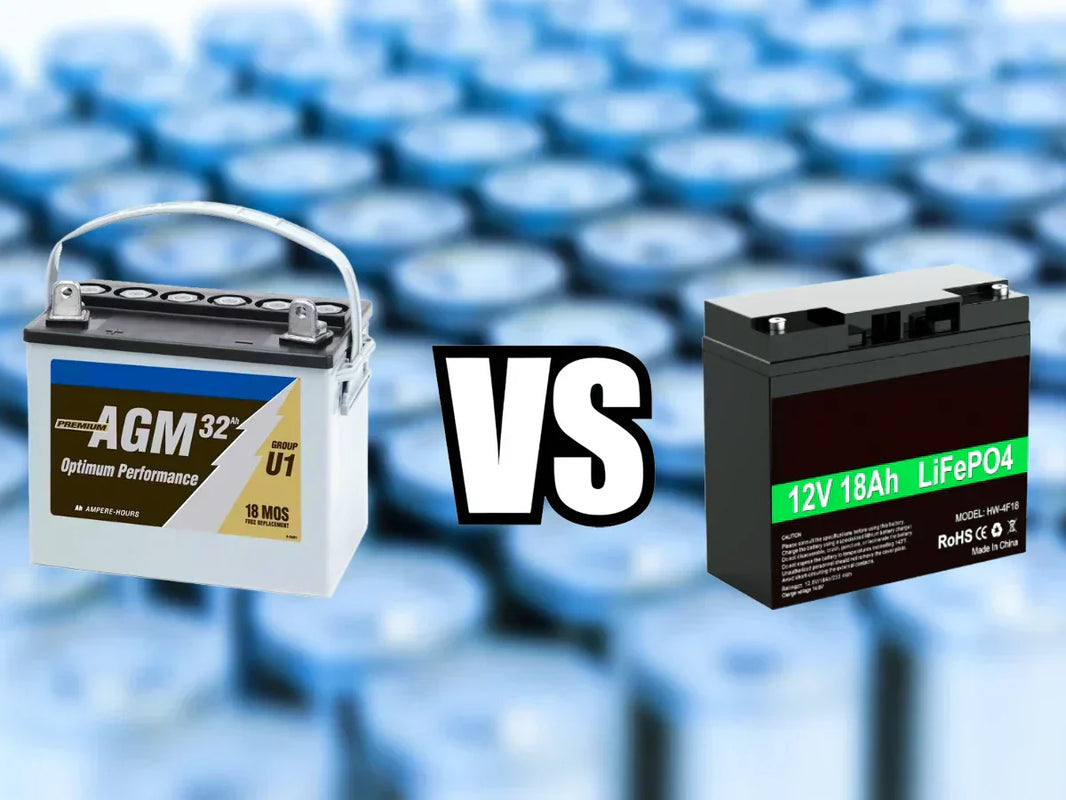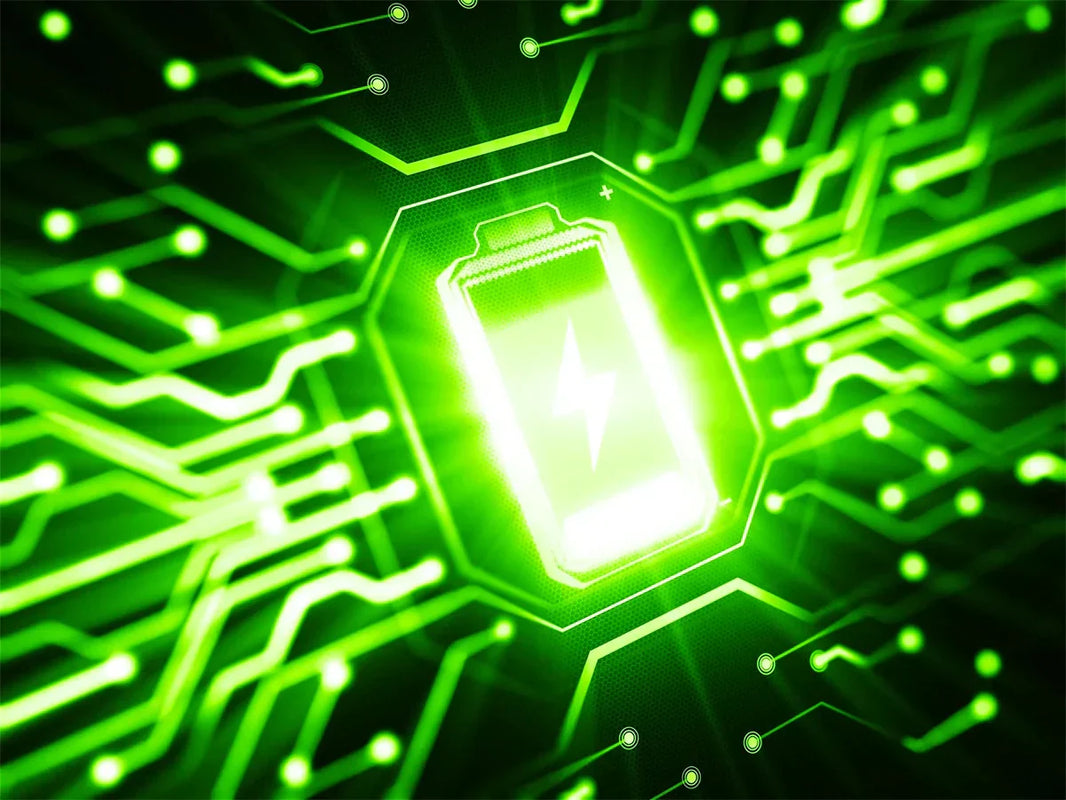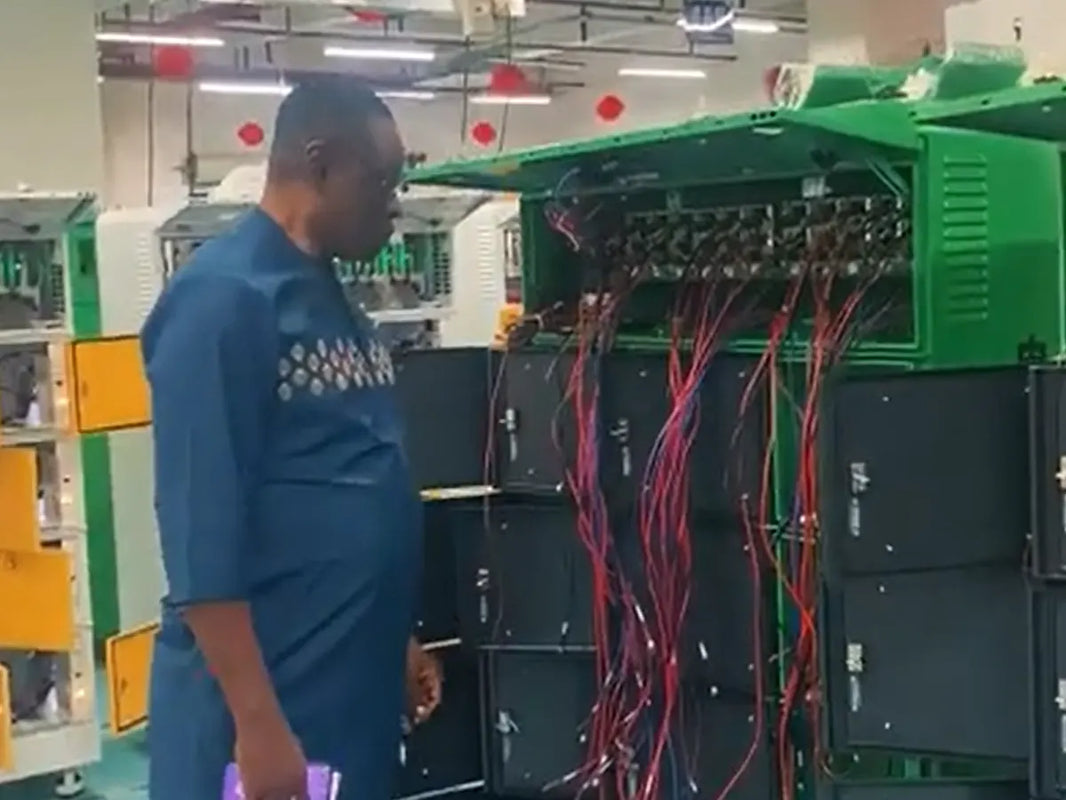
Main content:
- Which Types of Batteries Are Most Likely to Explode? (Risk Ranking)
- How Do Lithium-Ion Batteries Work?
- Why Do Lithium Batteries Explode?
- Warning Signs of Imminent Battery Failure or Explosion
- What to Do If a Battery Catches Fire or Explodes?
-
How to Prevent Lithium Battery Explosion?
- Use an Original or Certified Charger
- Avoid Prolonged Overcharging or Charging Overnight
- Avoid Charging in High-Temperature Environments
- Avoid Dropping and Crushing
- Check the Battery Status Regularly
- Choose Batteries And Equipment From Reliable Brands
- Do not Disassemble or Purchase Cheap, Uncertified Batteries
- Conclusion
- FAQs
Batteries store a large amount of energy in a very small space, which makes them essential but also potentially dangerous. Why do batteries explode? When internal components become damaged, overheated, or chemically unstable, they can rapidly release energy through fire or even explosive failure. Understanding the risks behind different battery types helps us use them safely in everyday life.
Which Types of Batteries Are Most Likely to Explode? (Risk Ranking)
Lithium-Polymer Batteries
Lithium-polymer batteries (Li-Po) are the most explosive type of battery because they use flexible aluminum-plastic film packaging, which is less resistant to crushing and puncture. The internal electrolyte is easily damaged by drops, bending, or high-rate charge and discharge. Once a separator ruptures or lithium dendrites form, short circuits and local overheating can occur, which explains why do batteries explode so often in drones, remote-controlled models, and portable devices.
Check lithium polymer battery vs lithium ion for more information.
Cylindrical Lithium-Ion Batteries
Cylindrical lithium-ion batteries (such as 18650 and 21700) are widely used in laptops, electric bicycles, and battery pack systems. They feature high energy density and rigid metal casings. If internal defects or short circuits occur, internal pressure can rapidly build, preventing gas release and causing an explosion. This is another common example of why do batteries explode in consumer electronics. Furthermore, when multiple cells are connected in a stack, thermal runaway in a single cell can quickly spread, amplifying the scope of an accident.
Ternary Lithium NCM/NCA
Electric vehicle batteries, in particular, have extremely high energy density and output power. This means they are more susceptible to thermal runaway due to puncture or heat exposure in collisions, drops, water exposure, or improper wiring modifications. In recent years, the majority of electric bicycle and electric vehicle fires have been linked to these batteries, and their explosion risk is therefore considered a major public safety concern in cities.
Lead-acid Batteries
Lead-acid batteries are generally considered relatively stable, but they can generate hydrogen gas when overcharged or when charging in a poorly ventilated environment. If hydrogen gas accumulates excessively and encounters a spark, it can explode and cause the battery casing to rupture. While the probability of an explosion is lower than with lithium-ion batteries, the impact and corrosive acid can cause serious damage in the event of an explosion, making safety risks important even in situations like vehicle repairs.
LFP Lithium Iron Phosphate Batteries
Lithium iron phosphate batteries (LFP) are the least explosive of all mainstream batteries. Their chemical structure is stable and highly resistant to high temperatures. Even if they experience thermal runaway, the spread is slow. However, they can still catch fire or explode if manufacturing quality is poor, the protective circuit board fails, or the battery is severely impacted, but the overall risk is significantly lower than that of ternary lithium or lithium polymer batteries.
How Do Lithium-Ion Batteries Work?

A lithium-ion battery consists of a positive electrode, a negative electrode, an electrolyte, and a separator. During discharge, lithium ions move from the negative electrode through the lithium-ion battery electrolytes to the positive electrode, while electrons flow in the external circuit to power the device. The reverse flow occurs during charging. This reversible migration allows batteries to be reused repeatedly. However, under abnormal conditions such as high temperature, overcharging, and compression, ion migration can become uncontrolled, causing violent chemical reactions within the battery and posing an explosion hazard.
The electrolyte, typically a flammable organic liquid, is the medium that allows lithium ions to flow smoothly within the battery. It acts like the battery's "blood vessels," responsible for transmitting ion energy. However, when the battery temperature is too high or the electrode materials decompose, the electrolyte evaporates and may ignite, releasing large amounts of flammable gases.
Thermal runaway can easily occur in the presence of a fire source or if the temperature continues to rise. The separator is a microporous membrane between the positive and negative electrodes, preventing direct contact and short circuiting while allowing lithium ions to pass through. However, the separator is very thin and fragile, easily damaged by external compression or battery expansion. If the separator fails, the positive and negative electrodes directly contact, resulting in a sudden high current short circuit, a rapid increase in internal temperature, and a risk of explosion.
Why Do Lithium Batteries Explode?

The core cause of lithium battery explosions is thermal runaway. When the internal temperature of a battery rises rapidly, it triggers a series of self-accelerating chemical reactions, potentially causing fire or even explosion. Once this chain reaction begins, it's extremely fast and releases a high amount of energy. Therefore, even a small battery can suffer a serious accident if it experiences thermal runaway.
External Factors
Overcharging or Improper Charging
Overcharging primarily occurs during the charging process of lithium batteries. Due to the resistance of the battery, a large amount of heat accumulates during charging. Protective devices in lithium batteries can provide a certain degree of protection against overcharging by detecting voltage. However, if overcharging lasts for too long and the voltage remains excessively high, lithium-ion batteries are prone to internal dendrite short circuits, causing the battery's temperature and pressure to rise continuously, creating the risk of explosion and fire.
High Temperature Environments
When a battery is exposed to high temperatures, its internal temperature may exceed the designed safety threshold. High temperatures can easily damage the battery separator, causing a short circuit. This leads to excessive internal heat accumulation, triggering a chain chemical reaction that can cause the battery to explode or ignite.
Physical Damage
External forces can damage the battery structure, causing direct contact between the positive and negative electrodes or electrolyte leakage. This direct damage can instantly generate a high-temperature, localized heat source, creating conditions for thermal runaway, potentially leading to battery combustion or even explosion.
Internal Factors
Battery Cell Defects or Impurities Leading to Short Circuits
Problems with materials or processes during the manufacturing process, such as metal impurities in the electrodes, increase the likelihood of internal short circuits, making the battery more susceptible to thermal runaway.
Electrolyte Leakage and Exposure to Air
Electrolyte is typically a flammable liquid. Once leaked and exposed to air, it is highly flammable, increasing the risk of battery fire or explosion.
Separator Damage and Electrode Dendrite Formation
A damaged diaphragm allows direct contact between the positive and negative electrodes. Lithium dendrites can penetrate the diaphragm during charging and discharging, causing internal short circuits. These internal issues can also trigger a chain reaction, putting the battery in a dangerous state.
Warning Signs of Imminent Battery Failure or Explosion
Lithium batteries often emit obvious signs before malfunctioning. The first is abnormal heating. If the battery temperature is much higher than normal during charging or discharging, it may indicate internal overheating or short circuit risks.
The second is bulging or deformation. Battery swelling often indicates unstable internal chemical reactions and may be a precursor to thermal runaway. Furthermore, if the battery charge rapidly decreases or charging is erratic, this could be a sign of cell aging, internal short circuits, or dendrite formation.
Finally, if an unusual odor or smoke is emitted while using the device, this could indicate an electrolyte leak or localized combustion. Immediately stop using the device.
What to Do If a Battery Catches Fire or Explodes?
Disconnect the power
If you notice a lithium battery fire or unusual smoke, the first step is to immediately disconnect the power source, including unplugging the charger, disconnecting the device, or shutting down any external circuits. This prevents the battery from continuing to absorb energy, exacerbating internal temperature increases and the risk of thermal runaway.
Maintain ventilation
Battery combustion releases toxic gases, such as hydrogen fluoride and other hazardous volatiles. Open doors and windows or use exhaust ventilation to allow for air circulation and reduce smoke inhalation. If in an enclosed space, evacuate as quickly as possible and cover your mouth and nose with a mask or damp cloth for protection.
Call the fire department for assistance
If a fire is large or uncontrollable, immediately call the fire department for professional assistance. Firefighters are equipped and trained to safely handle lithium battery fires and prevent them from escalating. When reporting a fire, clearly state the type of fire, the type of battery affected, and the severity of the fire so the fire department can quickly and effectively implement targeted measures.
Fire Extinguishing
If conditions permit, attempt to extinguish a small fire before firefighters arrive. In the case of a lithium battery fire, dry powder fire extinguishers can only extinguish the surrounding flames but cannot reduce the internal temperature of the battery or prevent thermal runaway at the root.
Using large amounts of water or a water-based fire extinguisher is the preferred emergency response for lithium battery fires. During firefighting, never touch or move burning or smoking lithium battery devices to prevent serious personal injury. Do not cover them with objects or attempt to cool them with ice, as this may prevent the heat from dissipating quickly and increase the risk.
Battery Disposal After an Explosion
After an accident, batteries may still contain hazardous chemicals or high-temperature residual energy. Do not discard or disassemble them arbitrarily. Damaged or exploded batteries should be disposed of through authorized recycling channels to avoid secondary accidents and environmental pollution.
Furthermore, if the fire involves damaged equipment, follow safety regulations and cool it before transporting it to prevent residual heat from causing new hazards. Proper disposal is necessary after incidents, another safety practice to prevent why do batteries explode in subsequent events.
How to Prevent Lithium Battery Explosion?

Use an Original or Certified Charger
Using a certified or manufacturer-recommended charger and charging cable ensures the battery operates at a safe voltage and current, preventing abnormal internal temperature rise due to unstable or excessive current.
Avoid Prolonged Overcharging or Charging Overnight
Even with a safe charger, prolonged charging can cause the battery temperature to rise continuously, increasing the likelihood of thermal runaway. Therefore, disconnect the battery immediately after it is fully charged, and avoid leaving it unattended overnight.
Avoid Charging in High-Temperature Environments
When charging and storing batteries(how to store batteries), keep them away from direct sunlight, heaters, or other high-temperature locations. High temperatures not only accelerate chemical reactions but can also damage the separator or cause electrolyte volatilization, reducing battery stability.
Avoid Dropping and Crushing
Physical damage is a major cause of lithium battery explosions. Dropping, crushing, or puncturing can damage the internal structure, causing short circuits or increased internal pressure. When handling batteries, avoid rough handling and ensure safe storage and transportation.
Check the Battery Status Regularly
Regularly inspect the battery's appearance and performance, such as for bulging, cracks, abnormal charging, or a significant decrease in battery life. If any abnormality is detected, immediately stop using the battery and replace it to prevent minor issues from escalating into serious accidents.
Choose Batteries And Equipment From Reliable Brands
High-quality brand batteries are generally more reliable in material selection, craftsmanship, and safety design, resulting in fewer internal defects and a significantly reduced risk of explosion or fire.
Do not Disassemble or Purchase Cheap, Uncertified Batteries
Disassembling batteries yourself or purchasing low-priced, uncertified batteries may contain cell impurities, separator defects, or inferior electrolyte, which can easily lead to thermal runaway. Batteries should be purchased through reputable channels and used strictly according to the instructions. Understanding why do batteries explode helps users take proactive measures to avoid accidents.
Conclusion
While modern batteries are designed with multiple protections, failures still occur when misuse, damage, or internal defects trigger thermal runaway. Knowing why batteries explode allows users to spot danger early and take the right precautions. With proper handling, battery technology can remain both powerful and safe in our lives.
FAQs
How rare is it for a battery to explode?
Battery explosion is an extreme event. In most cases, modern batteries have multiple protections against overcharging, overheating, and short circuits, so the risk is low under normal use. However, if there are internal defects, physical damage, or improper use, the risk of explosion increases significantly, so caution and regular inspection are still necessary.
How do I know if a battery is about to explode?
Battery failure or explosion signs typically include abnormal heating, swelling, abnormal charging and discharging, or the appearance of odors and smoke. These are warning signs of runaway chemical reactions within the battery. If you detect these signs, you should immediately stop using the battery and isolate it to prevent it from triggering thermal runaway.
Is it okay if I leave my phone charging overnight?
Extended overnight charging can cause the battery temperature to rise continuously, even with an original or certified charger. It's recommended to disconnect the battery promptly after fully charging to avoid prolonged exposure to high temperatures. Also, choose a well-ventilated charging location away from high-temperature environments.
Is it safe to touch a swollen battery?
A swollen battery indicates increased internal pressure, which can lead to chemical instability and battery leakage of flammable electrolyte. Direct contact may cause burns, chemical damage, or trigger a short circuit. Wear protective clothing and use professional means to safely dispose of or recycle the product as soon as possible to avoid accidents.

